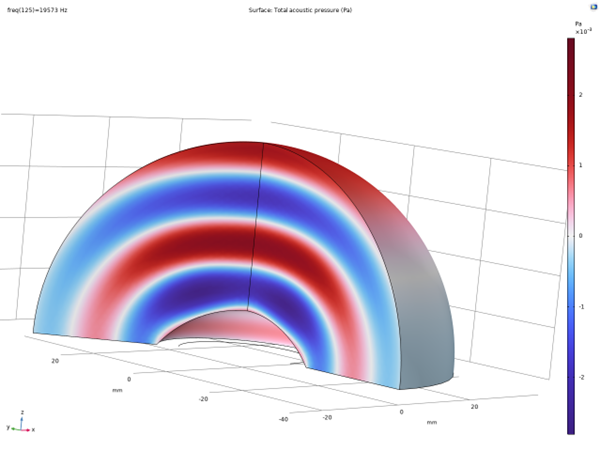Killingbeans
Major Contributor
Apart from this: My AMT delivers up to 50KHz.
That's not an apart. It's the reason why the impulse response looks more pretty.
The frequency and time domains are interchangeable through math. If two drivers have exactly the same frequency + phase response, they'll also have exactly the same impulse response.
Wider bandwidth will always make the response to "illegal" signals look more impressive, but our hearing doesn't really care in the end.
It doesn't really make sense to talk about the "speed" of a tweeter, and there's far greater issuses to worry about.
Here's for instance an article from Purifi explaining why they used an AMT in their midwoofer demonstration kits, but is opting for a boring old dome tweeter as the basis for their own SOTA tweeter design:

The PURIFI Tweeter Project - Part 1
A Short Story of a Long Multi-Disciplinary R&D Effort